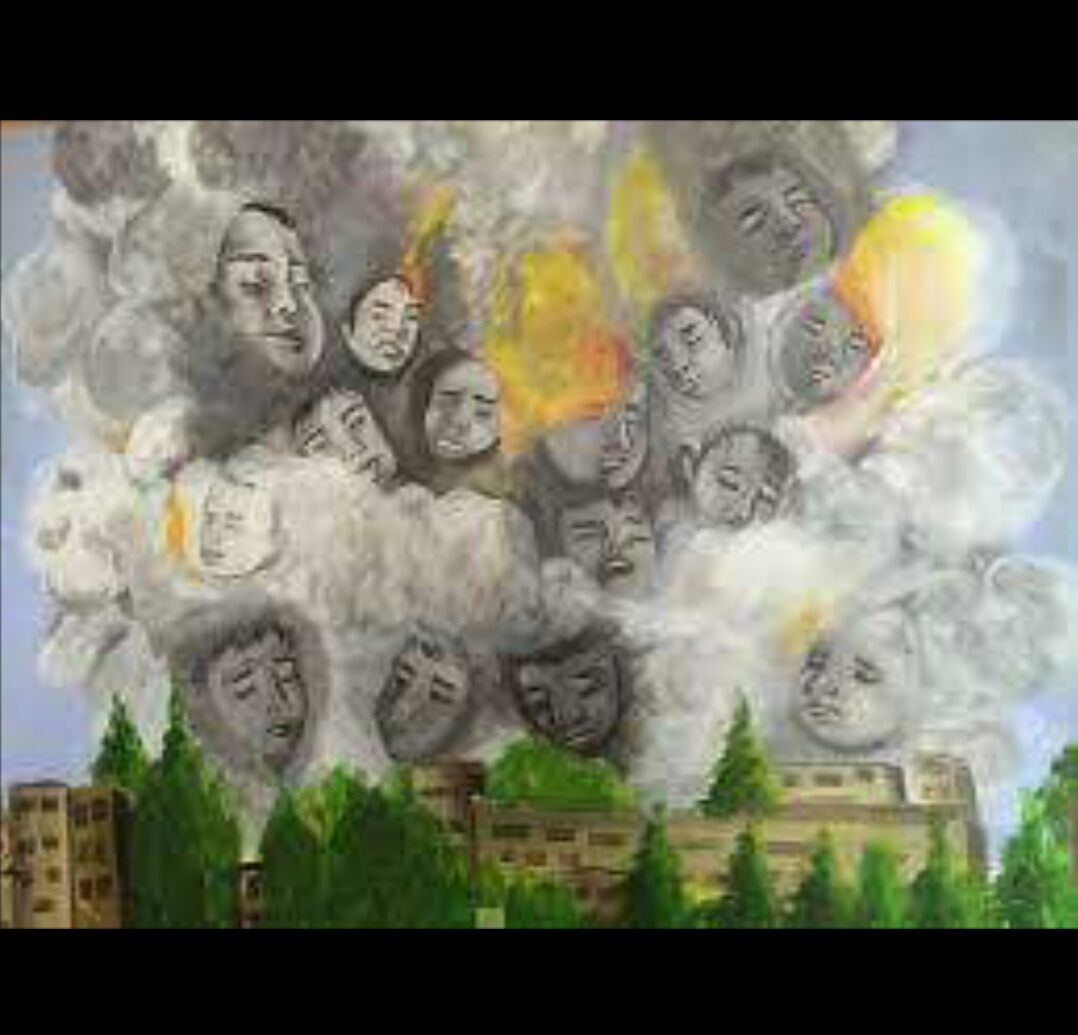
Art’s , politics and aesthetics
(Alyssa Rosenberg)
When I started working as a critic full-time six years ago, my interest in the politics of culture often made me felt like an anomaly at best, and a kill-joy at worst. Now, political criticism has become so widespread, in part because it drives such phenomenal traffic, that it’s arguably the dominant school in cultural criticism at any given moment. And that development is the subject of a widening debate about whether political criticism has eclipsed aesthetic criticism, and to what result for our conversations about art and politics.
When I first began writing cultural criticism in a sustained way, almost a decade ago, I do think my observations tended to be more narrowly focused on what struck me about the most obvious ideas in film, television, novels and music videos, drawing from dialogue, lyrics and prose. But the more culture I consumed, especially after a childhood spent largely out of the mass culture loop, the more I learned about aesthetics and to understand what the framing of a shot or the delivery of a line told me about what I was supposed to take away from that text.
Now, I couldn’t parse out the politics of entertainment the way that I do without a close read of artists’ aesthetic choices. And I wouldn’t see the point of those close aesthetic readings without the larger ideas they play with. Our conversations about schools of criticism needn’t lead us to choose one over the other. Instead, I hope they’ll help us see how we can write about both politics and aesthetics in a more informed and sophisticated way.
The intersection of culture and politics
Let’s take one fairly simple example to illustrate what I mean. Politics, and I would hope immediate common decency, tell us that rape is bad. But when we see a sexual assault on television, we need aesthetic analysis to figure out what, beyond that simple point, the artist is trying to say.
A good example of what I mean comes in the fifth season of “Game of Thrones,” when Sansa Stark (Sophie Turner), the eldest daughter of the family that once ruled from the Northern castle of Winterfell, is married off to Ramsay Bolton (Iwan Rheon), the son of a turncoat Northern lord who murdered Sansa’s mother and brother, in an attempt to consolidate Ramsay’s hold on Winterfell. The show has already firmly underlined that Ramsay is a nasty piece of work, and on their wedding night, he rapes Sansa.
This was an extremely controversial storyline when it aired in 2015. Plenty of viewers hated seeing Sansa, who had already experienced sexual abuse and emotional trauma, in even greater danger. And there was some objection to the way the scene transitioned from a focus on Sansa to the expression contorting Theon Greyjoy’s (Alfie Allen) face (Theon grew up with Sansa’s family, and betrayed them in his own bid for power).
But for all the scene is hugely upsetting, it’s extremely powerful, and aesthetics make it so.
When Ramsay’s attack on Sansa begins, the strings in the soundtrack swell in sorrow, not in triumph. We don’t see Ramsay’s face or body during the assault, though we hear him unbuckle his belt, and his breath. Director Jeremy Podeswa’s choice means that we don’t see whatever pleasure Ramsay is taking from this: his perspective is deliberately marginalized, because the scene isn’t about him.
Sansa is not undressed during the attack, and while the shift away from her face also means the show shifts away from her perspective, it means the scene also avoids making a pornographic spectacle of her suffering. Every decision in this sequence makes it harder to see anything about it as sexual.
And as we watch Theon’s face, we see him reckon with his complicity in what’s taking place. In his own vain quest for glory, he has helped bring his foster-sister to this point.
You can’t possibly tease out everything Podeswa and episode writer Bryan Cogman are trying to do intellectually in the scene without careful attention to how the shots are framed and the camera moves through the room. And I’m not sure what point there would be to analyzing those choices without recognizing the ideas Podeswa and Cogman are trying to convey.
It’s insulting to artists as aesthetic thinkers to impose the bluntest political readings on their work without considering the ways in which their choices affect the expression of their ideas. And it’s also insulting to artists as political thinkers to pretend that their aesthetic decisions aren’t in support of anything. People generally go into narrative fiction because they have something that they want to say, even if their opinions and interests don’t map neatly onto present-day political debates. In fact, the best art often exposes the limits of the holes and pegs politics is confining itself to at any given moment.
I tend to agree with John Pistelli, who wrote in a broadside in this debate that “like fashion, social morality badly dates.” Using the aesthetics of work to suss out an artist’s ideas, and then trying to determine what an audience responds to in those ideas, isn’t a matter of delivering a timeless and permanent verdict about the virtues of a work’s values.
It’s about trying to map where we are in a given moment, and to provide a document of what’s going on in social morality in the messy spaces polling and elections can’t measure. It’s about mapping the contradictions in our big ideas, and the places that our emotions lead us that our rational brains would rather we not go. Political criticism fails as art and politics when it tries to make art behave more like politics. It’s vital when art and criticism pick up where politics leave off.
Courtesy: washingtonpost.com

